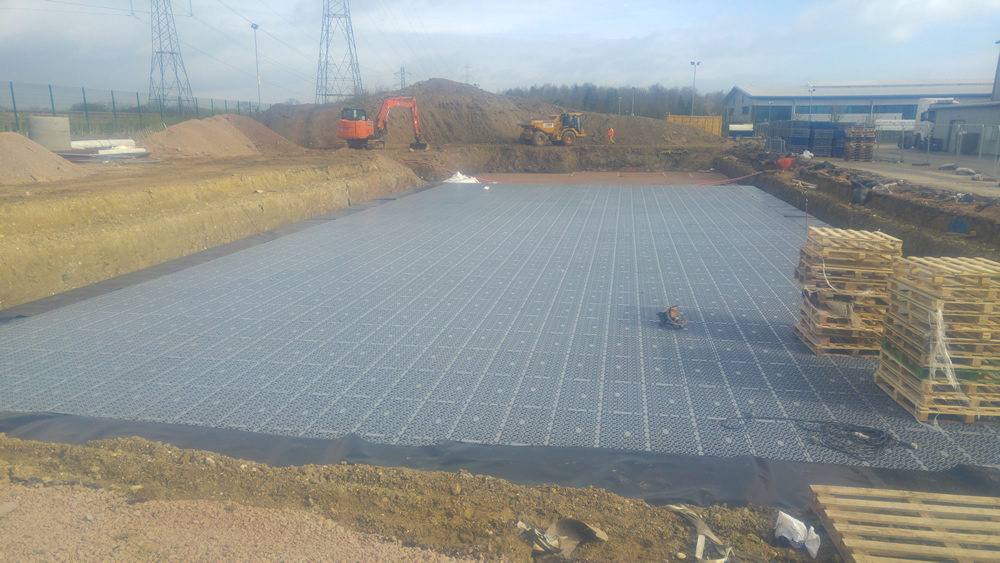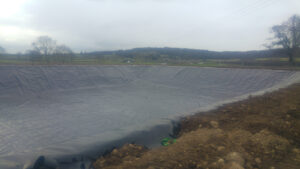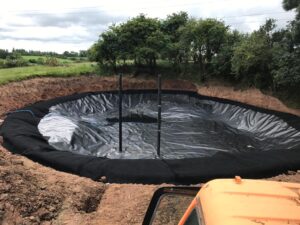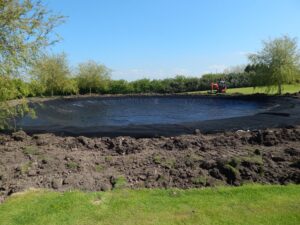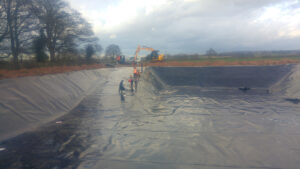Stormwater management is a critical aspect of sustainable development, especially in urban and industrial environments where impermeable surfaces are widespread. Uncontrolled runoff from rainfall can lead to flooding, erosion, water pollution and damage to infrastructure. One of the most effective methods for mitigating these risks is the installation of attenuation ponds. Behind the success of these systems are experienced attenuation pond installers who play a vital role in designing, constructing and maintaining ponds that work efficiently and meet planning and environmental requirements.
Understanding Stormwater Challenges in Modern Development
Urbanisation has drastically altered the natural water cycle. Hard surfaces like roads, car parks and buildings prevent water from soaking into the ground, causing rainwater to accumulate and flow quickly into drainage systems. This increase in surface runoff can overwhelm local infrastructure, resulting in flash flooding and contaminated water entering nearby rivers and streams. Proper stormwater management is essential to counteract these effects and attenuation ponds are a proven solution.
The Role of Attenuation Ponds in Stormwater Control
Attenuation ponds temporarily store excess rainwater during storms and release it at a controlled rate. This delay in discharge helps to reduce the pressure on existing drainage systems and prevent flooding downstream. These ponds also act as a natural filter, removing sediment and pollutants from the water before it re-enters the ecosystem. When correctly installed and maintained, attenuation ponds provide long-term protection for developments and the surrounding environment.
How Professional Installers Ensure Effective Stormwater Management
Attenuation pond installers bring technical expertise and regulatory knowledge to the table. Their work begins with a thorough site assessment to understand the topography, soil conditions and hydrology of the area. This evaluation forms the basis of a bespoke pond design tailored to the specific needs of the development. Once the design is approved, installers handle all aspects of construction, starting with excavation. Accurate excavation ensures the pond’s depth and capacity align with local rainfall data and planning requirements. Skilled installers then line the pond to prevent water from seeping into the ground inappropriately, particularly in areas where contamination or high water tables are a concern. Inlet and outlet structures are then installed to control how water enters and leaves the pond. These structures are critical in ensuring the system operates as intended during heavy rainfall events. Professional installers calculate flow rates and pipe dimensions to allow for safe and effective water movement, preventing blockages and system failures.
Compliance with Planning and Environmental Regulations
Regulatory compliance is another area where experienced attenuation pond installers add value. Local authorities often require stormwater mitigation as part of the planning process, particularly under Sustainable Drainage Systems (SuDS) guidelines. Installers understand these regulations and ensure that the pond design and implementation meet all relevant environmental standards, helping developers avoid costly delays or penalties. Moreover, certified installers often provide documentation and reports necessary for planning submissions. This can include design specifications, flow rate calculations and maintenance plans that demonstrate long-term sustainability.
Supporting Environmental Goals Through Expert Installation
In addition to flood prevention, attenuation ponds support broader environmental objectives. They can be integrated into green infrastructure projects by incorporating planting schemes, biodiversity-friendly features and natural filtration zones. Professional installers can advise on and implement these enhancements, turning a basic drainage requirement into a valuable ecological asset. A well-constructed attenuation pond can also contribute to improved water quality by trapping sediments, heavy metals and hydrocarbons from surface runoff. Installers ensure that these features are included in the design where needed, offering environmental benefits alongside practical drainage functions.
The Importance of Maintenance Planning
Even the best-designed pond needs proper upkeep. Many attenuation pond installers offer ongoing maintenance services or provide detailed guidance for long-term care. This includes inspecting and cleaning inlets, outlets and overflow structures, as well as checking for sediment build-up and erosion. With a maintenance plan in place from the outset, property owners can ensure their system remains efficient and compliant for years to come.
A Partnership for Long-Term Stormwater Success
Managing stormwater effectively requires more than just the right infrastructure—it demands expert implementation. Professional attenuation pond installers ensure that systems are designed for efficiency, built to last and aligned with local regulations. Their expertise supports flood prevention, water quality improvement and environmental protection, making them essential partners in sustainable development. Choosing the right team of installers can make the difference between a functional stormwater system and one that falls short under pressure. With their knowledge, precision and commitment to best practices, professional attenuation pond installers are a key component in modern stormwater management strategies.
For further information or to discuss project requirements, please contact Enviroseal at 01695 228 626 or enquiries@enviroseal.co.uk.

